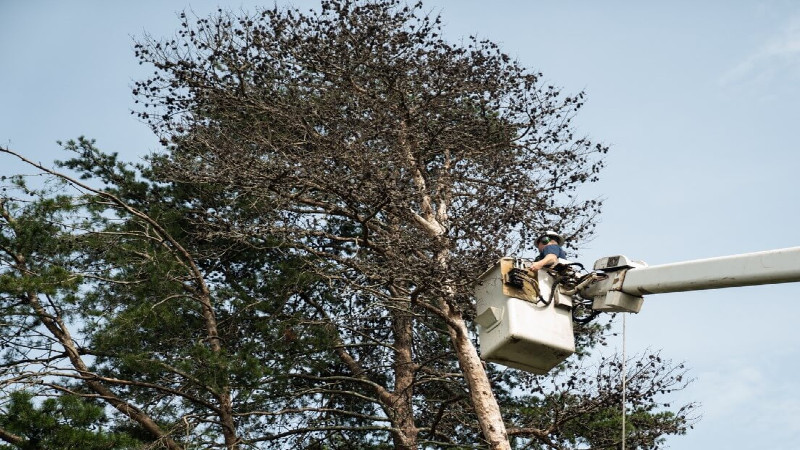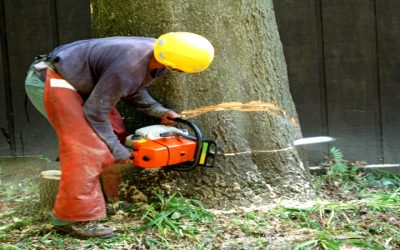Arborists work as tree trimmers and pruners wherever companies employ groundskeepers to take care of their landscape. Their duties may be practical (such as clearing walkways of plant life), or ornamental or both. Certification is available through the International Society of Arboriculture. Advancement and certification for arborists requires a combination of work experience and education.
Arborists St. Paul MN who wants two years of college experience can earn an associate’s degree in arboriculture or individual tree care. Classes emphasize planting and caring for trees in a landscape. They directly prepare students to enter the workforce as a grounds maintenance worker.
People wishing to pursue further training in arboriculture have several educational options open to them. One degree they can earn is a bachelor’s degree in horticulture. These programs focus on the application of science and technology to plant growth. They have both commercial and public uses, and graduates can go to work for parks, orchards, crop consulting organizations and more.
Arborists are professionals educated in the art and science of caring for trees, which includes planting, transplanting, pruning, fertilizing, pest management, and hazardous tree assessment. Some Arborists St. Paul MN may also be trained in related fields such as urban forestry, horticulture, or landscape architecture. Many are skilled in tree removal and value appraisals.
Arborists St. Paul MN knows the normal and healthy form of the tree, its appearance and rate of growth under normal and abnormal conditions and its usual life span. They also know the suitability of trees to different sites, as well as the factors involved in maintaining the tree in good health and appearance in order to anticipate and prevent damage from various causes.
Arborists St. Paul MN must be able to understand the functions of the various parts of the tree, such as bark, leaves, wood, roots, etc., and be able to determine if these functions are being properly performed. A well trained arborist can recognize the symptoms of and agents responsible for any injuries, abnormalities and weaknesses. These agents include insects, animal pests, fungal, bacterial and viral diseases, unsuitable soil, wind, frost, snow and ice, gas and fumes, and know the relative susceptibility of different tree species to these agents.
A well trained arborist should be able to prescribe and perform proper treatment and must be knowledgeable on arboricultural practices including various methods of pruning, bracing, cabling and tools used. They must be knowledgeable in the treatment of girdling roots and wounds. The professional arborist knows basic chemical elements essential to tree life and growth, how they are obtained and absorbed and which are likely to be deficient. Arborists St. Paul MN must know the significance of fertilizer formulations and availability and the significance of soil pH on tree growth and nutrient availability.
Arborists must know when and how to control insects and disease. When pesticides are required, they have to also know the proper dosage, type of chemicals to use that are within state and federal regulations. They also must have knowledge of relative toxicity of various materials and safe combinations. Thorough understanding of integrated pest management is also required. Arborists St. Paul MN must be knowledgeable in the safety rules to follow in order protect themselves and other workers, as well as insurance regulations along with the proper way to apply pesticides. Contact Business Name.
Like us on Facebook.



